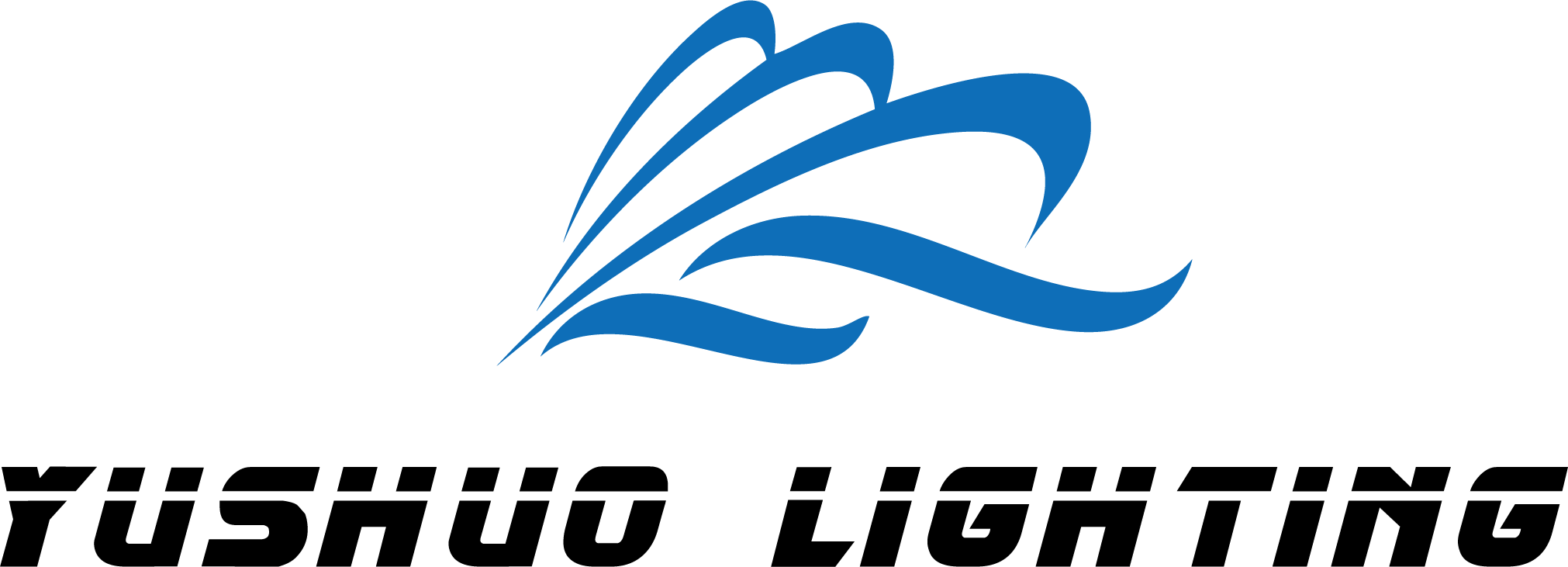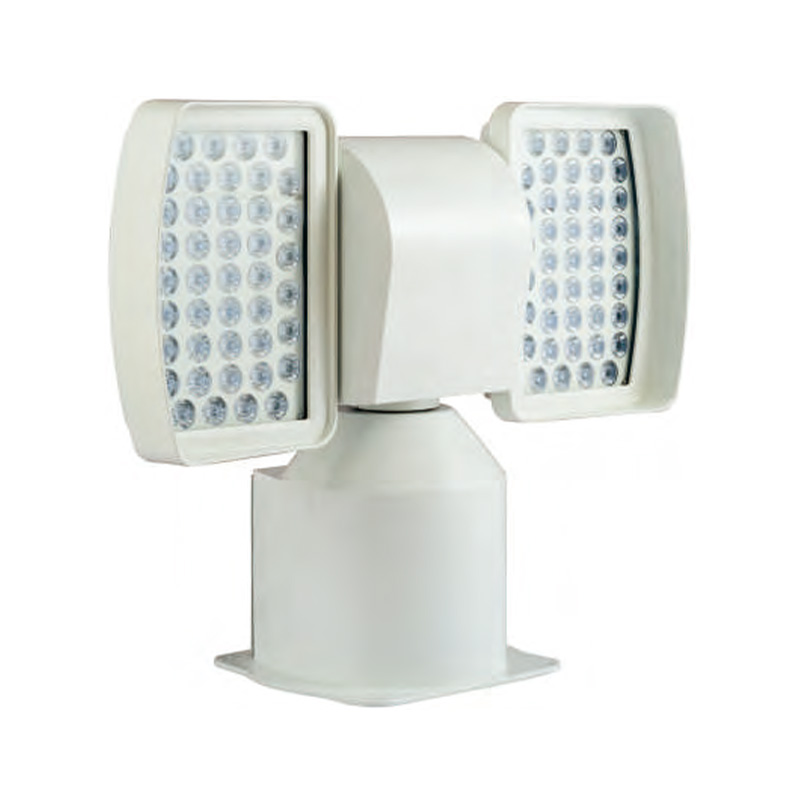Wireless Control Systems for Remote Operations of Searchlights
In modern maritime operations, visibility and rapid response are critical for safety and navigation. Marine searchlights have long served as essential equipment for ships, used for navigation assistance, search and rescue and maritime security. With advancements in control technologies, wireless control systems have revolutionized how operators manage these powerful searchlights, enabling remote operation, improved safety, and increased efficiency.
Table of Contents
The Need for Wireless Control in Marine Searchlights
Conventional searchlight systems typically rely on fixed wiring to transmit control signals from the bridge or helm to the searchlight’s motorized mechanism. While dependable in many respects, these wired systems are inherently limited by their physical infrastructure. The installation of cables is labor-intensive, often requiring routing through confined spaces, which adds time and complexity to vessel design and retrofitting.
More critically, marine environments present constant threats to wiring integrity. Salt-laden air, humidity, mechanical vibrations, and exposure to UV radiation can all accelerate the wear and corrosion of cables and connectors. This can result in signal loss, delayed responses, or complete system failure, compromising safety when precise lighting control is most needed.
Wireless control systems directly address these limitations by enabling remote operation without physical tethering. Crew members can manage from safer locations, such as enclosed control rooms, without venturing out onto open decks during harsh weather conditions using wireless remote control LED searchlights. In emergency situations, the ability to quickly and accurately direct a beam of light can save valuable second and potentially lives.
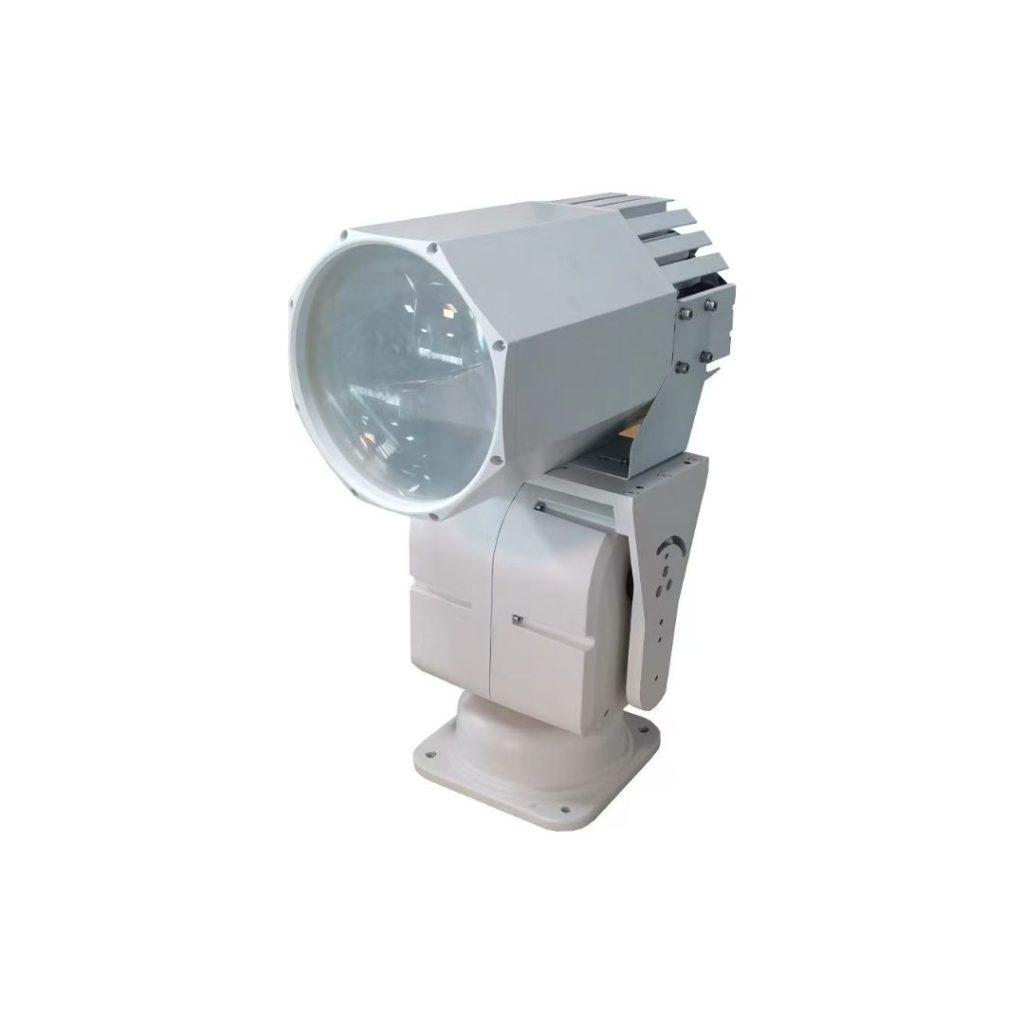
Benefits of Using Wireless Control Systems in Marine Searchlights
- Meeting the Demands of Multi-Functional Navigation
Today’s vessels often demand integrated, multi-functional systems where devices work together seamlessly. Searchlights are no exception. Wireless systems are better suited to integration with modern navigation systems, thermal cameras, and radar technologies. With wireless control, operators can coordinate lighting actions with other onboard systems in real time—automatically tracking targets or synchronizing light movement with camera angles.
This kind of integration also supports centralized control, allowing multiple systems to be managed from a single user interface and further reducing operator workload and enhancing situational awareness.
- Simplified Installation and Maintenance
Wireless systems are not just smarter and they’re simpler. Installation no longer involves complex wiring diagrams or structural alterations. Retrofitting an older vessel with wireless searchlight control is faster and less invasive, while routine maintenance is also minimized due to the reduced number of mechanical parts and exposed connectors.
In the long run, this simplicity translates to cost savings, operational continuity, and improved reliability across the fleet. For commercial vessels, coast guard ships, or private yachts alike, these advantages make wireless systems not only appealing but practical.
- A Technological Shift Driven by Real-World Needs
The adoption of wireless control for marine searchlights is not merely about staying current with technological trends—it’s a response to the genuine challenges faced in maritime operations. Reliability, safety, responsiveness, and flexibility are all critical components of successful marine navigation, and wireless control delivers on each of these fronts.
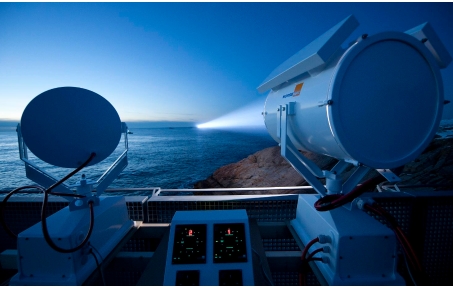
Key Components of Wireless Remote Control Marine Searchlights
Understanding the key components that make up the wireless remote control searchlights helps reveal how they deliver precision, reliability, and performance at sea.
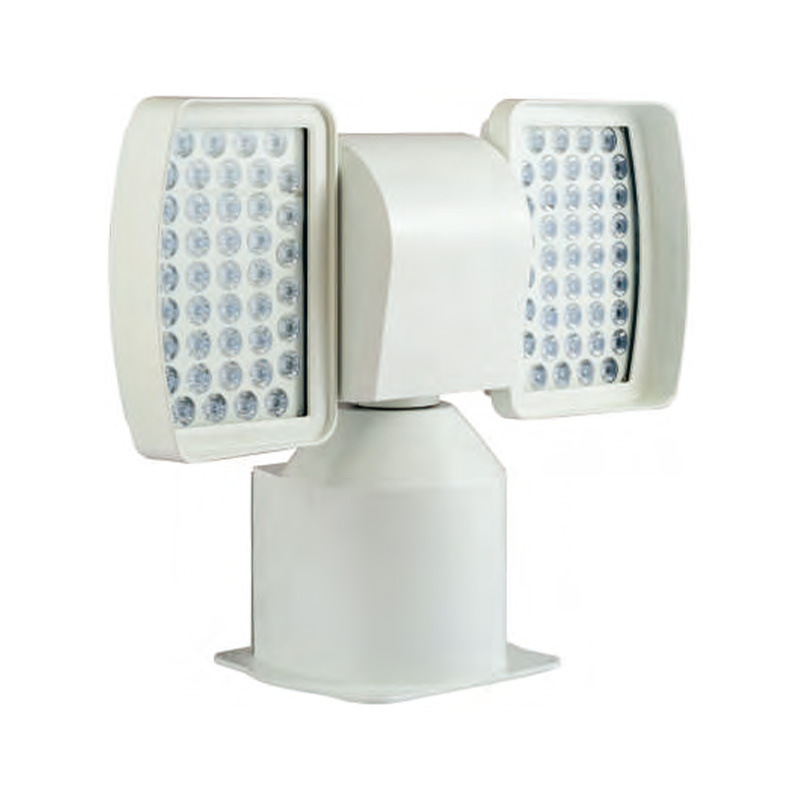
1. Motorized Lighting Unit
At the heart of any marine searchlight is the motorized lighting unit itself. Designed to endure the demanding conditions of maritime operations, this component houses the main light source—typically a high-intensity LED or xenon lamp. What sets it apart in wireless systems is its integrated motor mechanism that enables remote rotation, tilting, and zoom control. The housing is built from corrosion-resistant materials, often marine-grade aluminum or stainless steel, with seals that prevent ingress of water and salt.
2. Wireless Receiver Module
The wireless receiver is a critical component that interfaces with the searchlight’s motor and lighting controls. Embedded within or mounted near the lighting unit, the receiver is responsible for decoding signals sent from the remote control or command interface. It must be rugged, weatherproof, and equipped to maintain stable communication in the presence of radio interference and moisture. Most modern receivers operate on robust, marine-approved frequencies to ensure uninterrupted performance.
3. Remote Control Interface
The remote control module serves as the command center of the marine searchlight systems. This can come in various forms, from compact handheld remotes to more sophisticated touchscreen control panels located on the ship’s bridge. Some systems even offer integration with mobile apps or multifunction displays, allowing control through tablets or bridge-integrated software. Features typically include joystick or button-based directional control, beam focus adjustments, and status indicators for quick feedback.
4. Communication Protocols and Antennas
Reliable wireless communication depends heavily on the use of appropriate protocols and antennas. These components ensure that commands are transmitted and received without delay, even over long distances or through structural obstructions aboard the vessel. Depending on the system’s design, protocols may include radio frequency (RF), Bluetooth, or Wi-Fi, each chosen for specific range, power consumption, and environmental resilience. Antennas are often strategically mounted to maximize signal clarity and avoid dead zones.
5. Power Supply and Integration Cabling
While the control signals are wireless, power must still be supplied to the lighting unit and motorized components. These systems generally include a dedicated power input—typically 12V to 24V DC—along with internal circuitry that regulates voltage and protects against surges. Cabling is minimized and optimized for simple integration with the vessel’s existing power systems, often using marine-grade connectors and insulation for added safety.
6. Control Processor or Logic Board
An embedded control processor governs how the system interprets and executes commands. This component manages input from the wireless receiver and converts it into precise movement or lighting actions. In advanced models, the logic board may also handle diagnostic feedback, automatic positioning presets, or integration with navigation systems for coordinated operation. Its firmware ensures smooth transitions, safety overrides, and signal validation.
7. Protective Mounting and Stabilization Systems
Finally, mounting hardware plays a key role in performance. Searchlights must be installed on stable platforms that resist vibration and shock. Some wireless control systems include stabilization features that help maintain beam direction even in rough sea conditions. These mounts are designed to withstand heavy winds, spray, and ship motion while maintaining consistent operation and beam alignment.
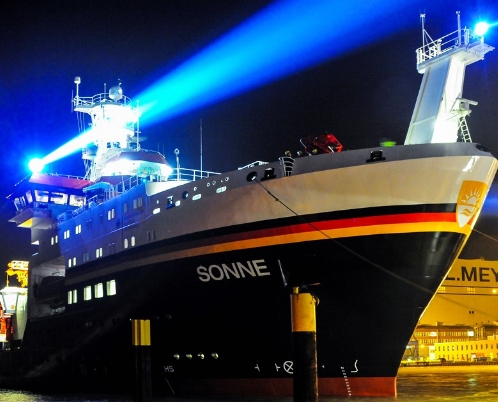
Applications of Wireless Remote Control Searchlights in Maritime Operations
| Application Area | Description | Benefits |
| Navigation Assistance | Used to illuminate navigation paths during low-visibility conditions such as fog or darkness. | Enhances safety and reduces risk of collisions or grounding. |
| Search and Rescue (SAR) | Supports rescue teams by illuminating people or objects in the water. | Provides rapid directional control to focus beams on moving targets. |
| Docking and Undocking Operations | Helps guide vessels during close-quarter maneuvers near ports or piers. | Increases precision and minimizes risk of damage during docking. |
| Surveillance and Security Patrols | Used for scanning and monitoring restricted zones or decks at night. | Enhances vessel security and aids in detecting unauthorized activity. |
| Fishing and Net Handling | Illuminates fishing gear or nets during deployment and retrieval in the dark. | Improves efficiency and safety of nighttime fishing operations. |
| Pilot and Crew Transfers | Assists with lighting gangways or transfer zones when moving personnel between vessels. | Ensures safer and more visible transfer points during rough conditions or at night. |
| Firefighting Support | Illuminates areas affected by fire or smoke on or near the vessel. | Improves visibility for firefighting crews and enhances operational coordination. |
| Military and Tactical Use | Deployed for patrol, surveillance, and tactical illumination during defense operations. | Allows silent and discreet beam control with secure remote access. |
| Recreational and Leisure Yachting | Adds visual assistance during anchoring, mooring, or nighttime cruising. | Increases onboard safety and convenience with effortless control. |
| Environmental Monitoring | Supports visual inspections of surrounding marine areas or floating debris. | Enables non-invasive lighting for eco-surveillance or pollution detection. |
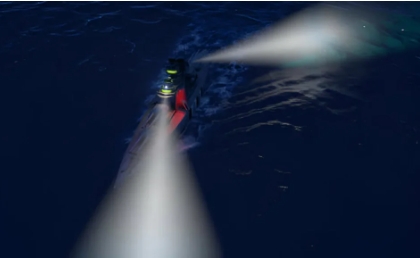
Key Consideration for Choosing the Right Wireless Control System for Remote Control Searchlights
| Consideration | Description | Why It Matters |
| Range of Wireless Signal | The maximum distance between the control device and the searchlight. | Ensures reliable control from any relevant location on the vessel, even in large ships. |
| Signal Reliability | Stability of the wireless connection in varying weather and interference conditions. | Prevents delays or failures in light operation during critical moments. |
| Compatibility | Ability to integrate with existing lighting units and vessel systems (e.g., navigation consoles). | Simplifies installation and enhances overall operational efficiency. |
| Durability and Marine Rating | Resistance to saltwater, corrosion, vibration, and extreme temperatures. | Guarantees longevity and reduces maintenance needs in harsh marine environments. |
| User Interface Design | Intuitiveness and accessibility of the control panel or remote device. | Makes operation quick and easy, even for non-technical crew members. |
| Control Functions | Features such as pan/tilt, beam focus, dimming, and presets. | Provides flexibility and precision for different operational scenarios. |
| Power Supply Requirements | Voltage and power specifications for the system. | Ensures compatibility with the vessel’s power system and prevents overloading. |
| Security of Wireless Protocol | Use of encrypted signals or authentication to prevent unauthorized access. | Protects the system from interference or malicious control attempts. |
| Feedback and Status Display | Real-time status indicators (e.g., beam position, power state). | Enhances operator awareness and supports more responsive adjustments. |
| Installation Complexity | Ease of integrating the system onboard, including mounting and configuration. | Affects installation time, cost, and potential need for professional services. |
Summary
The integration of wireless control systems into remote operations for marine searchlights marks a significant step toward smarter, safer, and more efficient maritime navigation. Whether on a fishing trawler, coast guard vessel, or luxury yacht, the ability to remotely and precisely control lighting enhances mission capability and vessel performance.
